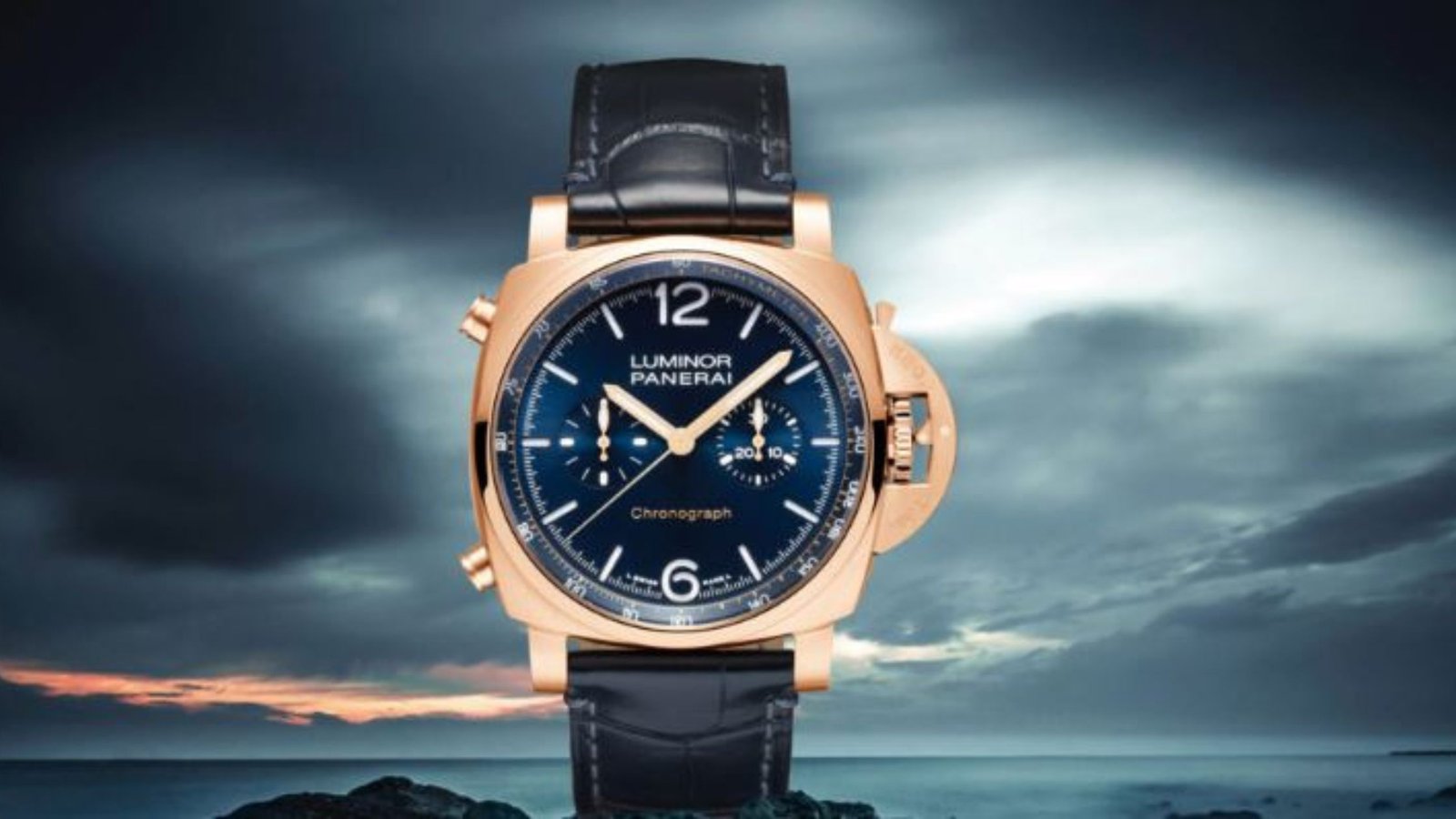The impact of climate on watch longevity cannot be overlooked, especially for enthusiasts who wear their timepieces in various environmental conditions. Different climates, whether hot, cold, or humid, can significantly influence a watch’s durability, accuracy, and overall lifespan. Understanding how climate affects your watch helps ensure its longevity and optimal performance.

Temperature Extremes Affect Watch Accuracy
One of the most notable impacts of climate on watch longevity stems from temperature extremes. Both heat and cold can directly affect the movement and accuracy of a watch. In hot climates, mechanical watches can experience expansion of internal components, leading to slight variations in timekeeping accuracy. Metal parts can expand, causing more friction and ultimately affecting the movement.
Conversely, extreme cold can cause the lubricants inside mechanical watches to thicken, which affects the smooth movement of gears and causes time inaccuracies. In digital watches, extreme cold can shorten battery life. Watches designed for extreme environments often incorporate specialized materials and lubricants to withstand temperature fluctuations, but regular watches may not perform as effectively without this protection.
Humidity and Moisture Pose Risks
Another critical effects of climate on watch longevity relates to humidity and moisture. In tropical or coastal climates, high humidity levels and exposure to water pose significant challenges to a watch’s durability. Moisture can seep into the watch case, leading to internal condensation that damages the movement over time. Corrosion can also occur, especially with watches made from materials that aren’t highly resistant to rust or oxidation.
Water-resistant watches can handle exposure to some moisture, but not all watches are built for high humidity or prolonged water exposure. Additionally, changes in humidity can lead to fogging within the watch crystal. To prevent this, it’s essential to ensure that your timepiece has adequate water and humidity resistance based on where you will be using it most often.
UV Exposure Affects Watch Materials
Ultraviolet (UV) exposure presents another key concern regarding the impact of climate on watch longevity. Prolonged exposure to sunlight can cause watch straps, particularly those made of rubber or leather, to degrade faster. UV rays can also cause fading or discoloration of the watch dial or bezel, diminishing its aesthetic appeal.
The heat generated by prolonged sun exposure can warp plastic components and dry out leather straps, leading to cracks and brittleness. Watches made with UV-resistant materials and treated leathers are better suited to handle high UV exposure, but taking precautions such as storing your watch in a shaded place when not in use can extend its lifespan.
Preventative Measures for Harsh Climates
Understanding the impact of climate on watch longevity encourages preventive care to protect your timepiece. In hot or humid climates, choosing a water-resistant and heat-resistant watch ensures durability. Watches with stainless steel or titanium cases offer better resistance to corrosion than lesser metals. Opting for a rubber strap in tropical environments ensures better resistance to moisture compared to leather.
In cold climates, selecting a watch designed for extreme conditions, such as those used in polar expeditions, guarantees reliability. Some watches also feature specially formulated lubricants that remain unaffected by cold temperatures, ensuring smooth operation. It’s equally important to consider storing your watch in climate-controlled environments when not in use, as this protects the watch from both temperature and humidity fluctuations.
Discover Premium Watches & Leisure Moments
PP Watch Sale offers a curated selection of elegant and durable timepieces, from classic wedding styles to adventure-ready sport models—perfect for every occasion :contentReference[oaicite:0]{index=0}.
Their expertly reviewed collections help users choose quality watches that blend sophistication with functionality.
After exploring their latest luxury picks, enjoy a relaxing break by trying https://www.stellarspins.fun/en/online-roulette for a touch of classy entertainment.
It’s a refined way to unwind between horological discoveries.
Conclusion
The impact of climate on watch longevity plays a crucial role in maintaining the performance and durability of your timepiece. From temperature extremes to high humidity and UV exposure, different environmental factors can take a toll on a watch’s functionality and aesthetics. By selecting climate-appropriate watches and taking preventative measures, you ensure that your watch remains a reliable companion, no matter the conditions. Investing in a timepiece designed to withstand specific climates ensures that it remains accurate and visually appealing for years to come.

